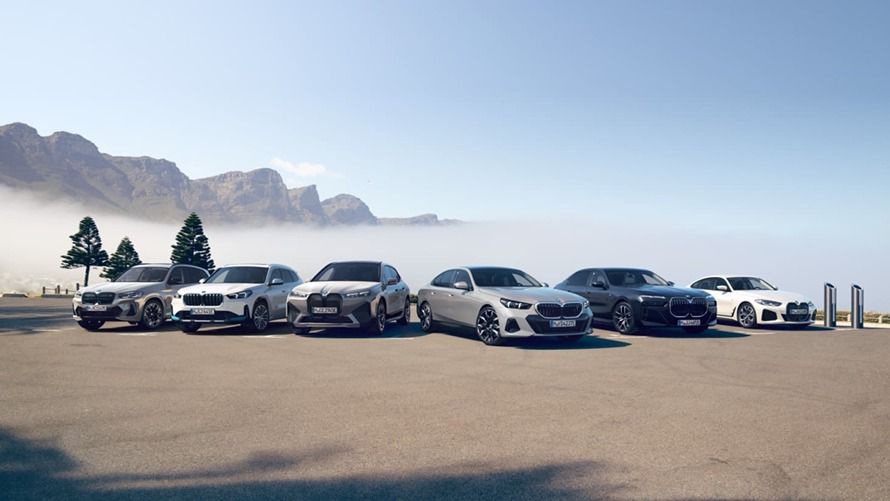BMW X3 30e xDrive: Fuel consumption, combined WLTP in l/100 km[1][3][4]: 1.1–0.9; CO2 emissions, combined WLTP in g/km[1][3][4]: 26–21; Energy consumption, combined WLTP in kWh/100 km[1][3][4]: 24–22.3; Electric range, WLTP in km[1][2]: 81–90
Discover the practical world of plug-in hybrid vehicles. They provide you with complete flexibility for everyday life and travel, thanks to their combination of electric motor and combustion engine. Find out more about the wealth of benefits offered by these innovative vehicles.
THE BEST OF BOTH WORLDS.
BMW X plug-in hybrids combine efficiency and power with an electric range long enough to meet your day-to-day requirements. Plus, a powerful drive designed to cope with all your driving challenges. Discover our SUV models, like the BMW X3, X1 and X5, and benefit from the efficiency of powerful hybrid cars.
It's up to you: an elegant sedan or a practical tourer. BMW 3 Series and 5 Series hybrid models are also synonymous with efficiency and dynamics. Luxury meets environmental awareness.
Both used and new vehicles. When buying or leasing your BMW plug-in hybrid, you're guaranteed to always find the right solutions and offers to meet your individual needs and preferences.
FIND YOUR BMW PLUG-IN HYBRID.
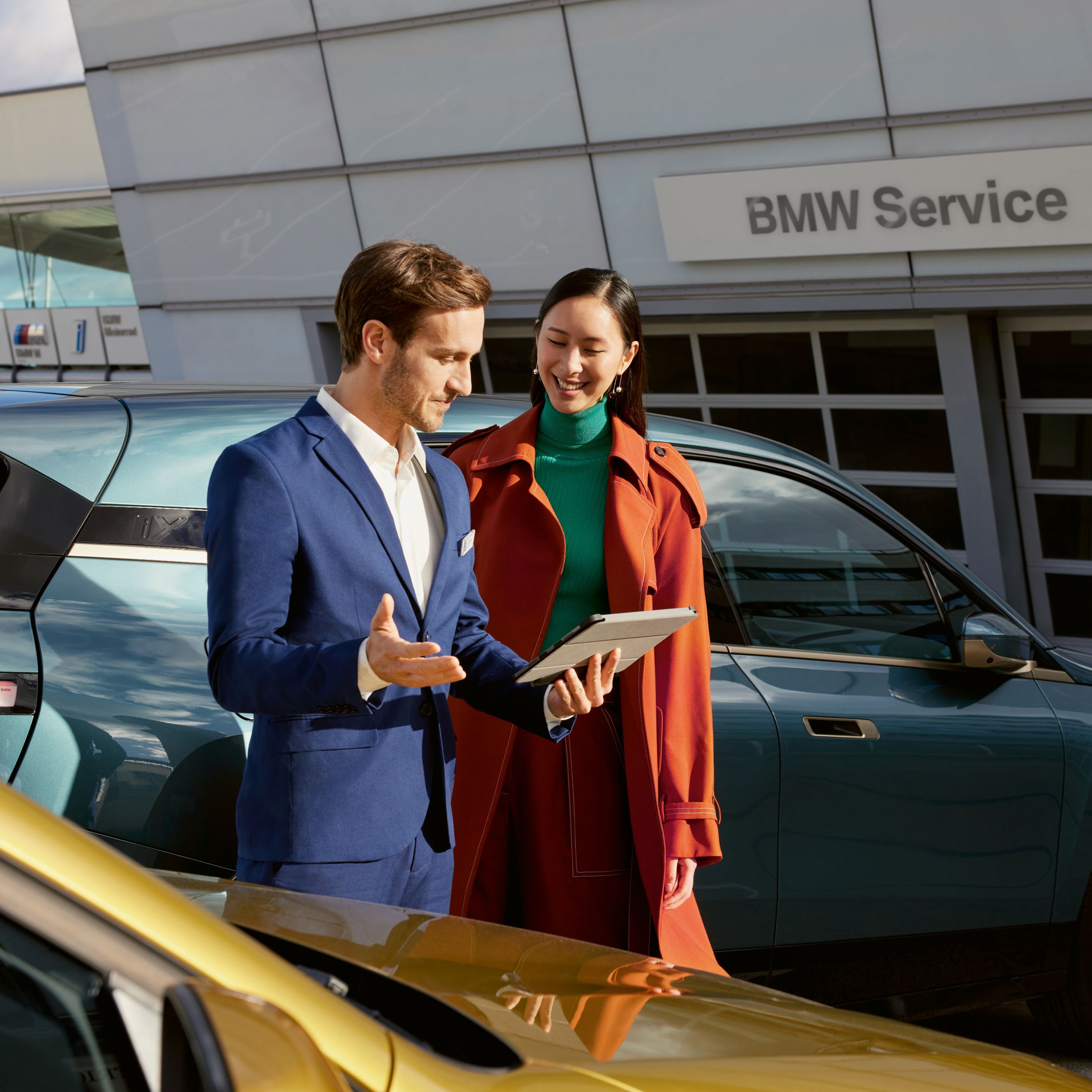
YOUR NEW BMW ELECTRIC CAR.
Find available BMW models and buy or lease your BMW directly online. Fully electric cars and plug-in-hybrids. For example, the BMW iX, BMW i4 or the BMW i3. There are many offers to choose from.

USED BMW ELECTRIC PLUG-IN HYBRIDS.
Used BMW cars have no reason to hide. The same of course applies to BMW plug-in hybrids. Find available used BMW cars, for sale or to lease.
BMW 3 Series Sedan plug-in hybrids: Fuel consumption, combined WLTP in l/100 km[1][3][4]: 2.0–1.3; CO2 emissions, combined WLTP in g/km[1][3][4]: 45–29; Energy consumption, combined WLTP in kWh/100 km[1][3][4]: 18.7–15.8; Electric range, WLTP in km[1][2][3]: 52–62
FLEXIBLE. INTELLIGENT. BMW HYBRID.
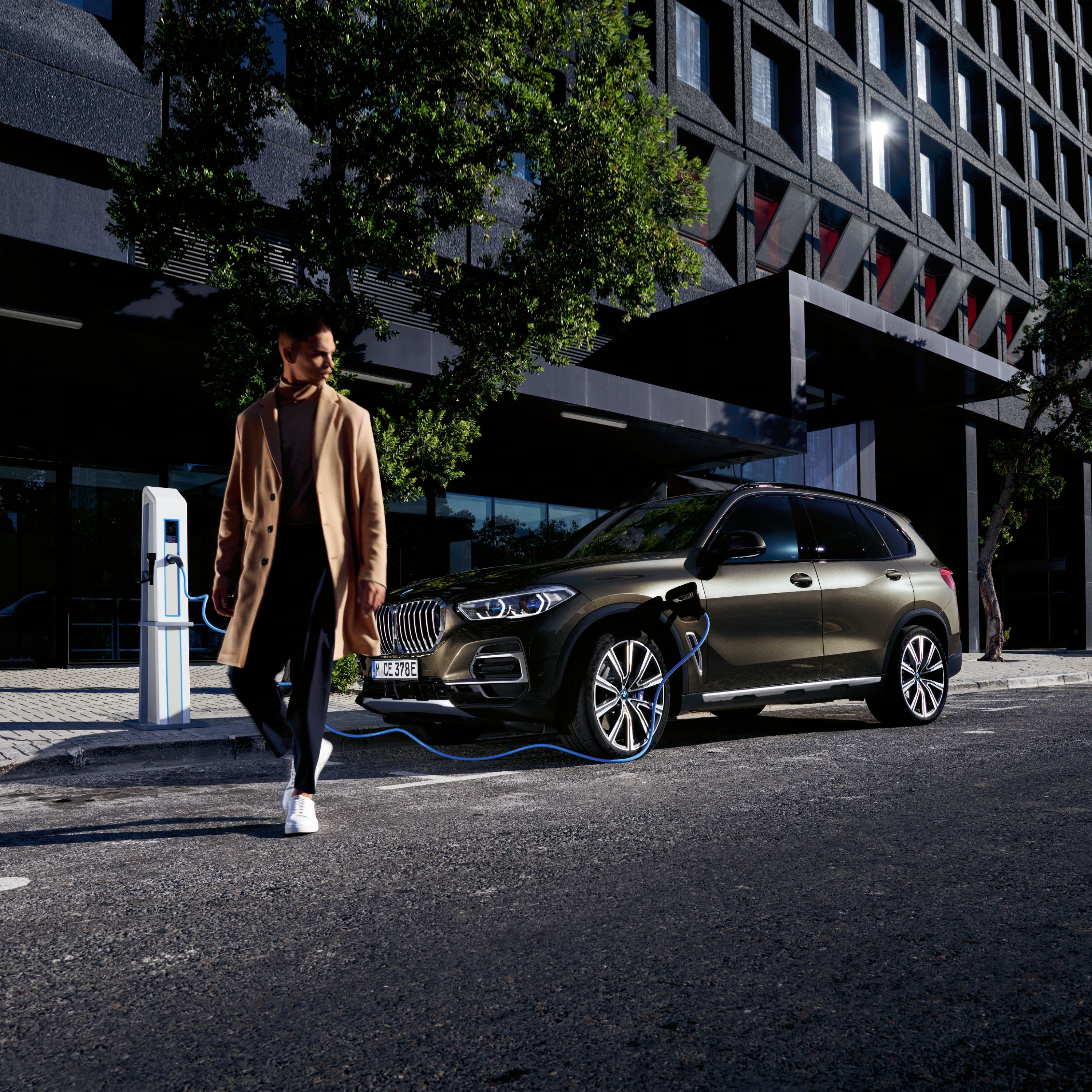
COMPLETE FLEXIBILITY.
Conveniently charge your vehicle throughout Europe within one of the largest charging networks. Cover distances of up to 100 kilometres emission-free by using the electric motor. The combustion engine automatically kicks in when you need it to.
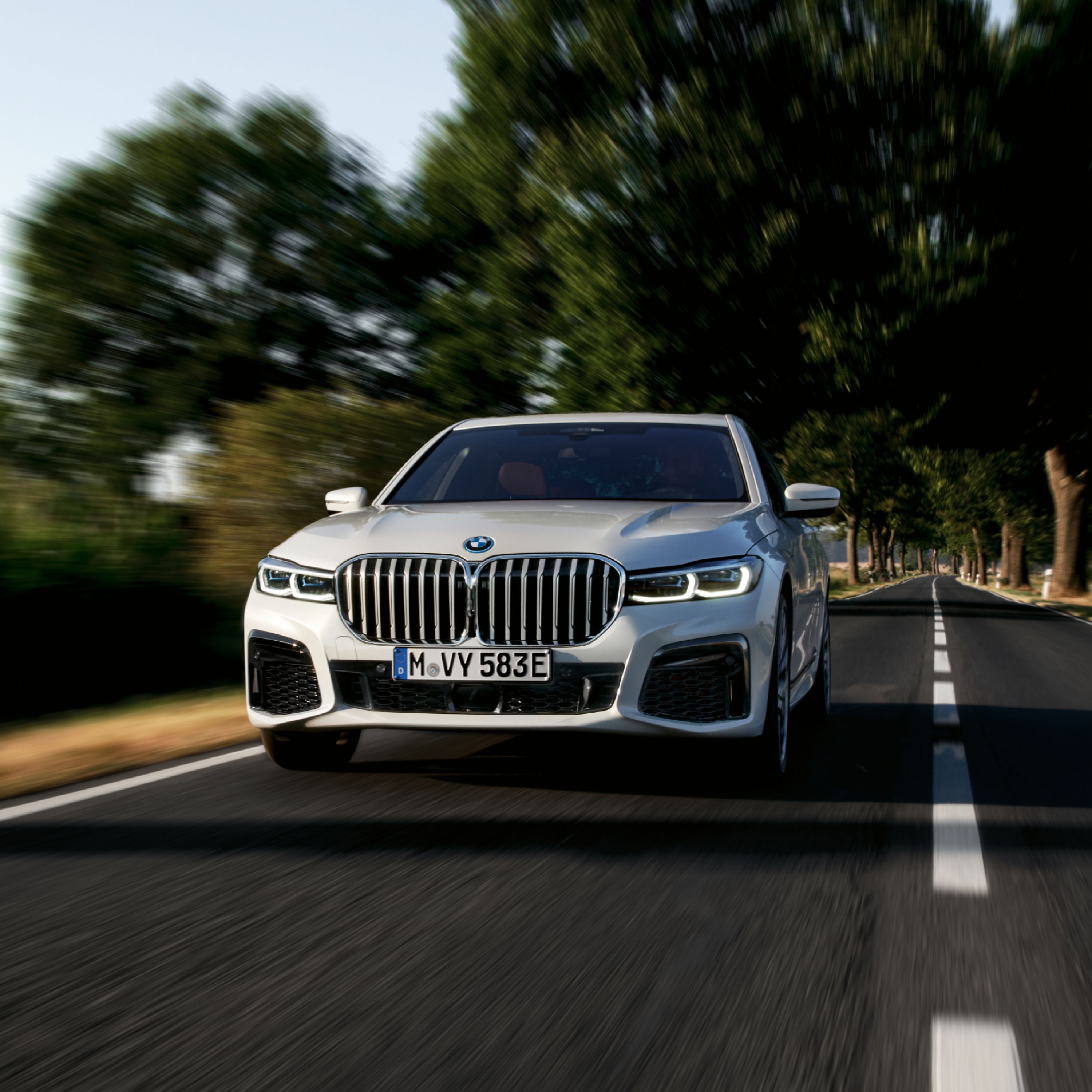
RECOVER ENERGY WHEN COASTING OR BRAKING.
Your vehicle regenerates energy when you brake or take your foot off the accelerator. This, in turn, converts kinetic energy into electricity, which charges your battery and increases the range of the plug-in hybrid.

BATTERY OPTIMISATION AND CONVENIENCE.
Precisely set the temperature inside your car in advance. Preconditioning your stationary vehicle is a practical feature, both in summer and in winter. You and your passengers will benefit from enhanced comfort in the vehicle at the start of your journey.

HOW PLUG-IN HYBRIDS WORK.
Plug-in hybrid cars have two drives: a combustion engine and an electric motor. They power the hybrid car individually or together. The battery can be charged externally, just like a fully electric car. However, the battery is also charged while you drive, for instance when you brake, as the electric motor acts as a generator.

MILD HYBRID TECHNOLOGY.
The electrical energy generated from braking is available to assist the vehicle's combustion engine and electrical systems. You, in turn, benefit from sportier driving dynamics. Your vehicle accelerates more powerfully, while its coasting function means that you use considerably less energy.
THE BENEFITS OF HYBRID VEHICLES.

LOWER EMISSIONS.
Plug-in hybrid vehicles are more environmentally friendly than conventional petrol and diesel vehicles. They cover distances of up to 100 km purely on electricity, and are thus locally emission-free, reducing your carbon footprint on the road.

LONG RANGE.
Plug-in hybrid vehicles adapt to your everyday life. If the fully electric range is insufficient for your journey, then the combustion engine automatically kicks in. This makes plug-in hybrids more flexible on longer journeys and independent of the regional charging infrastructure.

CONVENIENT ELECTRIC CAR CHARGING AT HOME.
Simply and easily charge a plug-in hybrid vehicle at home, just like an all-electric car. Clearly this is practical, at the same time saving costs and CO2 emissions compared to a combustion engine vehicle. So now you can simply and conveniently enjoy the benefits of environmentally-conscious mobility.
AT HOME AND ON THE GO
EFFICIENT CHARGING FOR PLUG-IN HYBRIDS.

FLEXIBLE. CHARGE WHEN TRAVELLING THROUGHOUT EUROPE.
Quickly charge at any time on the go. With the optional (mode 3) charging cable. Charge your plug-in hybrid at public charging stations across New Zealand. Do your errands while your vehicle is charging. Many supermarkets, restaurants and public car parks now have charging stations. So now you can enjoy the benefits of your electric drive wherever you happen to be.
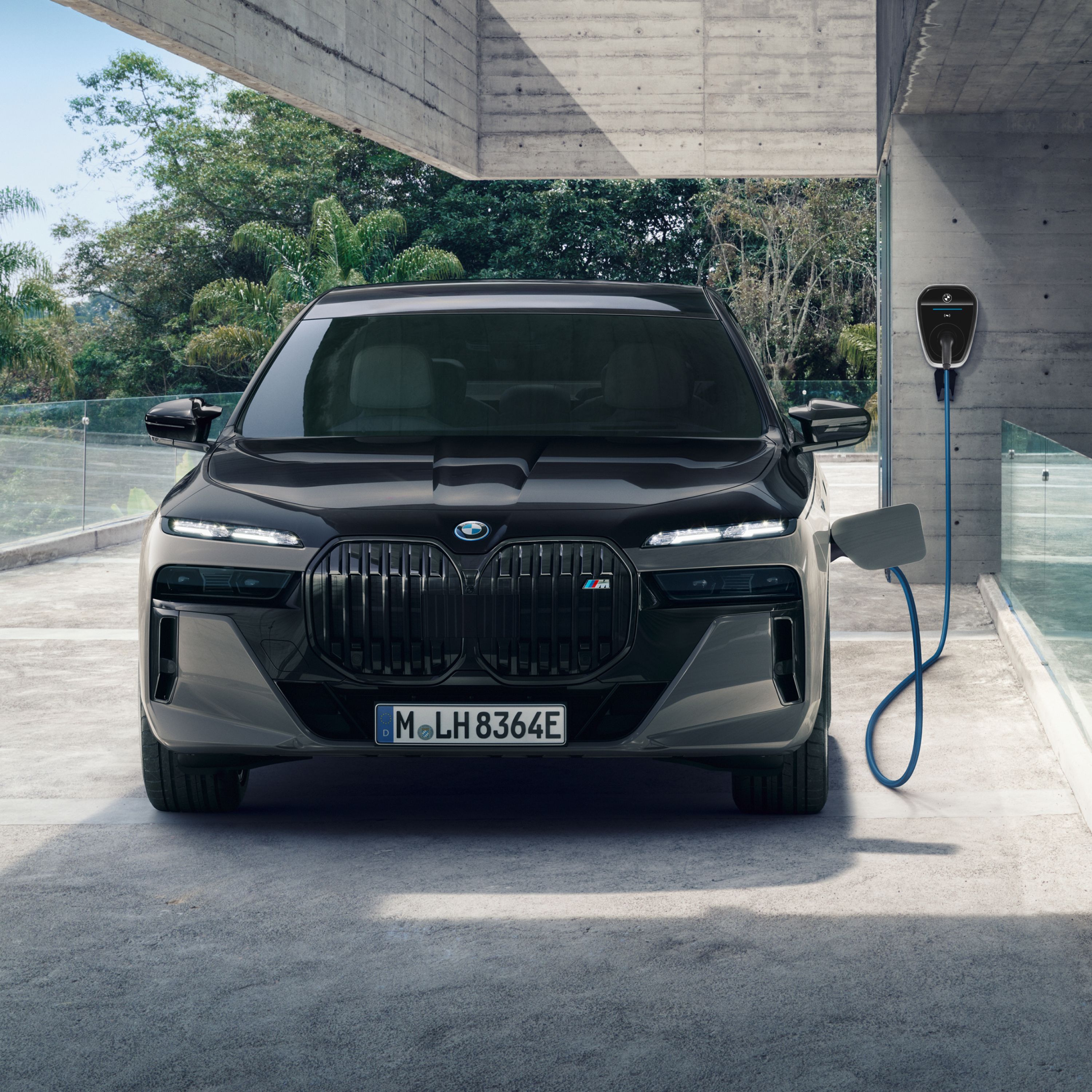
PRACTICAL. SIMPLY CHARGE AT HOME.
Simply and easily charge your plug-in hybrid vehicle at home, just like a fully electric car. The BMW Wallbox is the intelligent charging solution for your home. Or connect your vehicle to your domestic socket outlet with the BMW Flexible Charger. Charge your hybrid car regularly to enjoy the benefits of fully electric driving in everyday life.
FREQUENTLY ASKED QUESTIONS.

THE FULLY ELECTRIC ALTERNATIVE.
Drive dynamically, comfortably, and locally emission-free. Our fully electric cars boast state-of-the-art drive technology, practical charging options, and a long range. You, in turn, benefit from low service costs compared to a combustion engine car.

THE COST OF AN ELECTRIC CAR.
What does it cost to charge an electric car? Save money with lower service costs and lower taxes. Are there subsidies or incentives for electric cars? Find out if an electric car makes sense for you.
MORE INFORMATION.
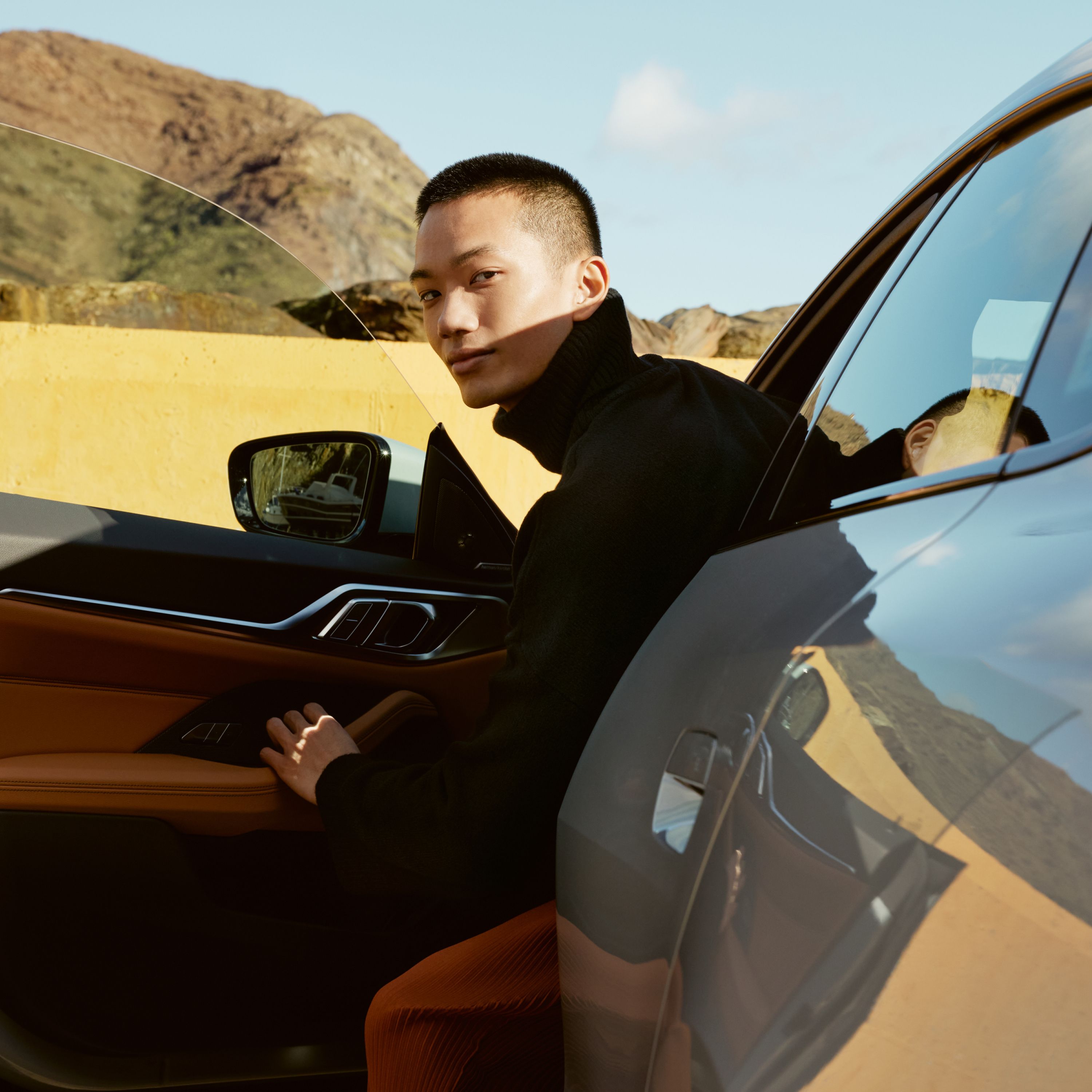
TEST DRIVE THE BMW MODEL OF YOUR CHOICE.
Would you like to experience for yourself how your ideal electric model drives and feels? Simply arrange an online appointment for a test drive when it suits you. Your local BMW partner will contact you with all the information you need.

WOULD YOU LIKE A PERSONAL CONSULTATION?
Please contact your local BMW dealership with any questions or for more information or a quotation. Our professional BMW service personnel will be happy to advise you by phone or in person.

BMW CUSTOMER SUPPORT.
Please contact your local BMW dealership with any questions or for more information or a quotation. Our professional BMW service personnel will be happy to advise you by phone or in person.
Fuel consumption and CO2 emissions.
BMW 330e Sedan: Fuel consumption, combined WLTP in l/100 km[1][3][4]: 1.1–0.8; CO2 emissions, combined WLTP in g/km[1][3][4]: 25–19; Energy consumption, combined WLTP in kWh/100 km[1][3][4]: 23.6–20.7; Electric range, WLTP in km[1][2]: 85–101
The values of fuel consumptions, CO2 emissions and energy consumptions shown were determined according to the European Regulation (EC) 715/2007 in the version applicable at the time of type approval. The figures refer to a vehicle with basic configuration in Germany and the range shown considers optional equipment and the different size of wheels and tires available on the selected model.
The CO2 efficiency specifications are determined according to Directive 1999/94/EC and the European Regulation in its current version applicable. The values shown are based on the fuel consumption, CO2 values and energy consumptions according to the NEDC cycle for the classification.
When charging times are shown they can be affected by a number of factors such as type of charger, voltage supplied to the charger/car and type of current (AC or DC) supplied to the charger/car. The car also plays a role in charging times as it can be set by the driver to accept various different amperage and should preconditioning be used to heat or cool the vehicle while charging this will also affect the charging time.
The basis for the calculation of the charging times for 100 km range is the electric consumption of the vehicle based on the use of a high-Powered Charging station (HPC) or charging type and current as indicted in the literature above. The testing procedure measures are based on a 23 degrees Celsius battery start and ambient temperature with certification values excluding additional auxiliary consuming devices and systems within the vehicle such as seat heating, displays, air conditioning.
Individual consumption (fuel economy) may differ due to driving profile, vehicle load profile, auxiliary consumer usage, temperature, and ambient conditions. Consumption is based on WLTP or NEDC (whichever is indicated) best case conditions and is independently tested for BMW Group. If you are comparing this range with other models or brands make sure they are stating the same WLTP or NEDC testing regime. These results can be used to compare vehicles on a close to “like for like” basis but are unlikely to be achieved in real world conditions for reasons including temperature variation, driving conditions and the use of the auxiliary systems referred to above.
Information provided and images displayed on this site include overseas models and may show some features not available in New Zealand. Please contact an authorised BMW dealer for specific information on vehicles and features available in New Zealand. Product changes may have been made since production of this content.
[1] Official data for fuel consumption, CO2 emissions, power consumption and electric range was determined in accordance with the prescribed measuring procedure and corresponds to European Regulation (EC) 715/2007 in the applicable version. For ranges, data determined as per WLTP takes into account any optional equipment (available on the German market in this case). For vehicles that have been newly type approved since 1 January 2021, only the official data according to WLTP exists. In addition, NEDC values are deleted from the certificates of conformity as of 1 January 2023 by EC regulation 2022/195. For more information about NEDC and WLTP measuring procedures visit www.bmw.com/wltp
Further information about fuel consumption and official model-specific CO2 emissions of new passenger cars can be found in the "Guideline for fuel consumption, CO2 emissions and electric power consumption for new passenger cars", available free of charge at all points of sale, at the Deutsche Automobil Treuhand GmbH (DAT), Hellmuth-Hirth-Str. 1, 73760 Ostfildern-Scharnhausen, Germany, and under https://www.dat.de/co2/.
[2] Range depends on various factors, in particular: individual driving style, route characteristics, outside temperature, heating/air conditioning, pre-conditioning.
[3] Performance data of petrol engines apply to vehicles using RON 98 fuel. Fuel consumption data apply to vehicles using reference fuels in accordance with EU Regulation 715/2007. Unleaded RON 91 and higher with a maximum ethanol content of 10% (E10) may also be used. BMW recommends RON 95 fuel. For high-performance automobiles, BMW recommends RON 98 fuel.
[4] For plug-in hybrid: Weighted, combined (EC AC Charge Weighted)
[5] The charging performance depends on the state of charge, ambient temperature, individual driving profile and use of auxiliary consumers. The ranges shown are based on the WLTP best case. The charging times apply to ambient temperatures of 23 degrees Celsius after a preceding drive and may differ depending on the usage behaviour. At temperatures below freezing, the fully electric drive system is only available after a few kilometres of driving, once the battery has heated to operational temperature.
